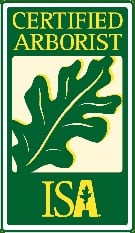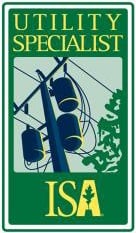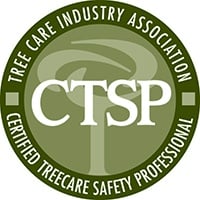Turn leaves into mulch for your trees and shrubs
Fall is well underway, friends! The weather is cooling down, the scent of pumpkin spice is in the air, and the leaves are blessing the Concord, NC area with brilliant shades of gold and red. Unfortunately, those same leaves will soon be blanketing our yards.
Instead of bagging up those leaves and sending them to a landfill, why not put them to good use? This fall, turn your fallen leaves into free mulch that you can use around your landscape.
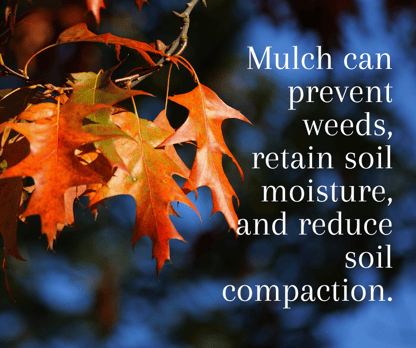
Using leaves as mulch can provide lots of benefits to your trees. When a plant absorbs nutrients from the soil and air, some of those nutrients are stored in its leaves. When those leaves fall and you rake them all up, you're preventing the tree from reusing the nutrients in the future.
Along with adding a natural, slow-releasing source of nutrients to the soil, leaf mulch can also:
- Prevent weed growth
- Retain soil moisture
- Moderate soil temperatures
- Cut down on erosion
- Reduce soil compaction
There a few things to know if you decide to use leaves as mulch. First, you'll have to shred your leaves. Shredded leaves decompose faster, and they're more likely to stay where you put them. Also, the smaller the leaves are, the less likely that they will mat and mold. A 2- to 4-inch layer around the base of your trees and shrubs will do. 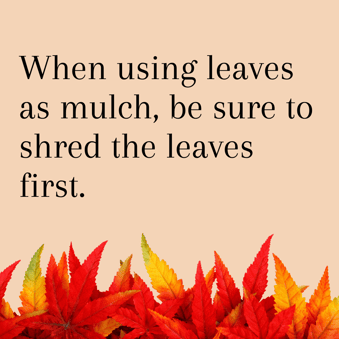
You can also use leaf mulch in your vegetable garden and flower beds.
Second, you shouldn't use diseased leaves in your mulch. Diseased leaves can infect new growth or tissue come spring. So if your tree has been diagnosed with a fungal disease like leaf spot, anthracnose, or powdery mildew, or a bacterial disease like fireblight, it's best to get rid of those leaves.
Not sure if your leaves are diseased? Diseased leaves may have dark spots or a powdery white or gray substance on them. They may also be wilted and bent downward in the shape of a hook. Read more about leaf spot here.
An ISA-certified arborist can evaluate your tree and let you know if it's infected with a fungal or bacterial disease. Keep in mind that we may not be able to actually treat your tree until it's out of its dormant winter stage.
Third, when using any type of mulch, make sure you're placing the mulch properly. Leave 3-6 inches of space between the mulch layer and the trunk. Creating a "mulch volcano" may cause moisture issues in the trunk, which could lead to decay, decline, or insect infestations.
Is the soil around your tree compacted? Your leaf mulch won't be as effective if nutrients and water can't make their way to your tree's roots. Before you mulch, read about our root rehabilitation service.
Got any questions? Give us a call! We're always happy to offer advice and guidance. Call 704-788-8733 today.


